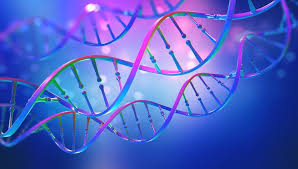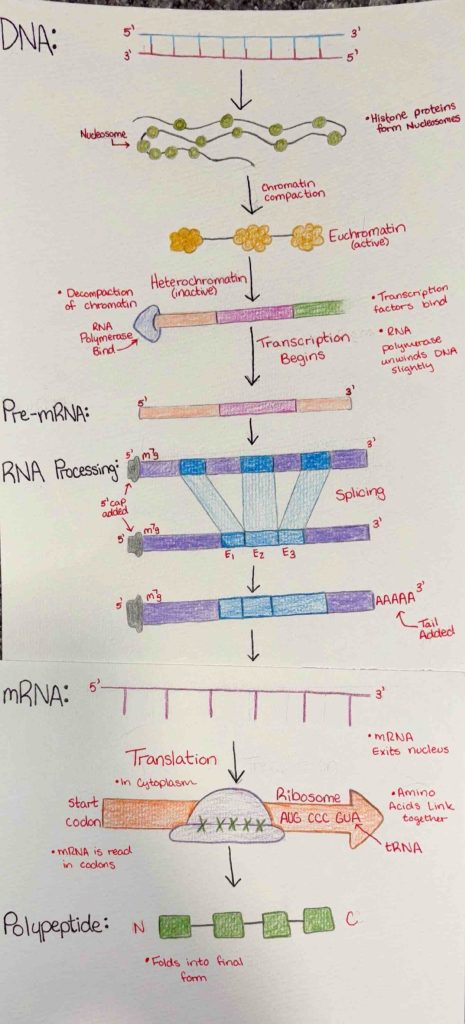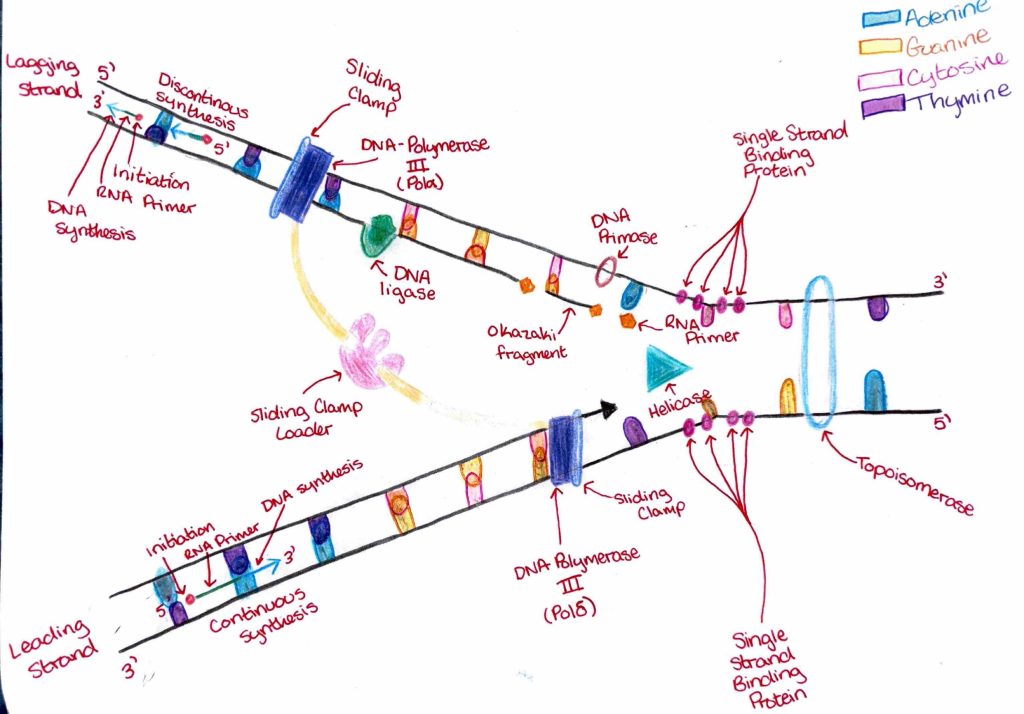The Washington Post article titled “Can reprogramming our genes make us young
again?” by Gretchen Reynolds explores the rapidly advancing field of cellular reprogramming
and its potential to reverse aging. The article focuses on epigenetic reprogramming and how
Yamanaka factors (four genes capable of resetting cells to a more youthful state) may hold the
key to extending lifespan and restoring tissue function.
In 2016, scientists at the Salk Institute for Biological Studies conducted an experiment
using mice bred with progeria, a genetic disorder that causes rapid aging. While the average
mouse typically lives for about two years, these mice aged prematurely, turning gray and frail
before dying around seven months of age. To prevent this decline, researchers injected the mice
with a virus carrying the Yamanaka genes, hoping to counteract the effects of progeria. As
Reynolds (2025) reports, “They injected them with a virus carrying four genes that can reshape
DNA and, in effect, make every cell in the rodents’ bodies young again. Scientists could even
control the genes from outside the mice, turning them on and off to manage the safety and
potency of the genetic changes.” The experiment was a success—the lifespan of the progeria-
afflicted mice increased by 30 percent. This pivotal finding demonstrated the potential of cellular
reprogramming to reverse aging at a systemic level and has since inspired the development of
similar technologies by biotech companies.
At the heart of this process is the epigenome, a collection of chemical modifications that
regulates gene activity without changing the underlying DNA sequence. One of the most critical
epigenetic modifications is DNA methylation, in which methyl groups attach to DNA and
influence whether specific genes are turned on or off. As we age, these methylation patterns
often become irregular, silencing genes that are essential for cellular repair and increasing
vulnerability to age-related diseases. Factors such as stress, smoking, and illness can influence
methylation, but aging remains the most significant driver of these changes. Cellular
reprogramming works by erasing or resetting faulty methylation patterns, allowing cells to regain
their youthful functionality. The 2024 ScienceDirect article, “Genetic and epigenetic alterations
in aging and rejuvenation of human,” supports this concept, explaining how partial
reprogramming through transcription factors can rejuvenate tissues like the liver, pancreas, and
skin by restoring youthful methylation profiles.
While these findings are promising, both sources urge caution. The Washington Post
highlights serious side effects seen in some reprogrammed animals, including tumor
development and early mortality (Reynolds, 2025). The ScienceDirect article echoes these
concerns, warning that full-body or long-term applications of epigenetic reprogramming may
carry risks such as tumorigenesis and other unintended consequences (Zhou et al., 2024).
In conclusion, both sources provide strong evidence that cellular reprogramming,
especially through manipulation of the epigenome and DNA methylation, could be a
revolutionary tool in reversing human aging. However, the potential risks must be carefully
addressed through controlled research and ethical oversight before this science can safely extend from lab animals to humans.
Citations
Reynolds, G. (2025, March 6). Inside the scientific quest to reverse human aging. The
Washington Post. https://www.washingtonpost.com/wellness/2025/03/06/cellular-
reprogramming-longevity-reverse-aging/
Park, K., Jeon, M. C., Lee, D., Kim, J.-I. & Im, S.-W. Genetic and epigenetic alterations in aging
and rejuvenation of human. Molecules and Cells (2024). Available at: https://www.sciencedirect.com/science/article/pii/S1016847824001626


